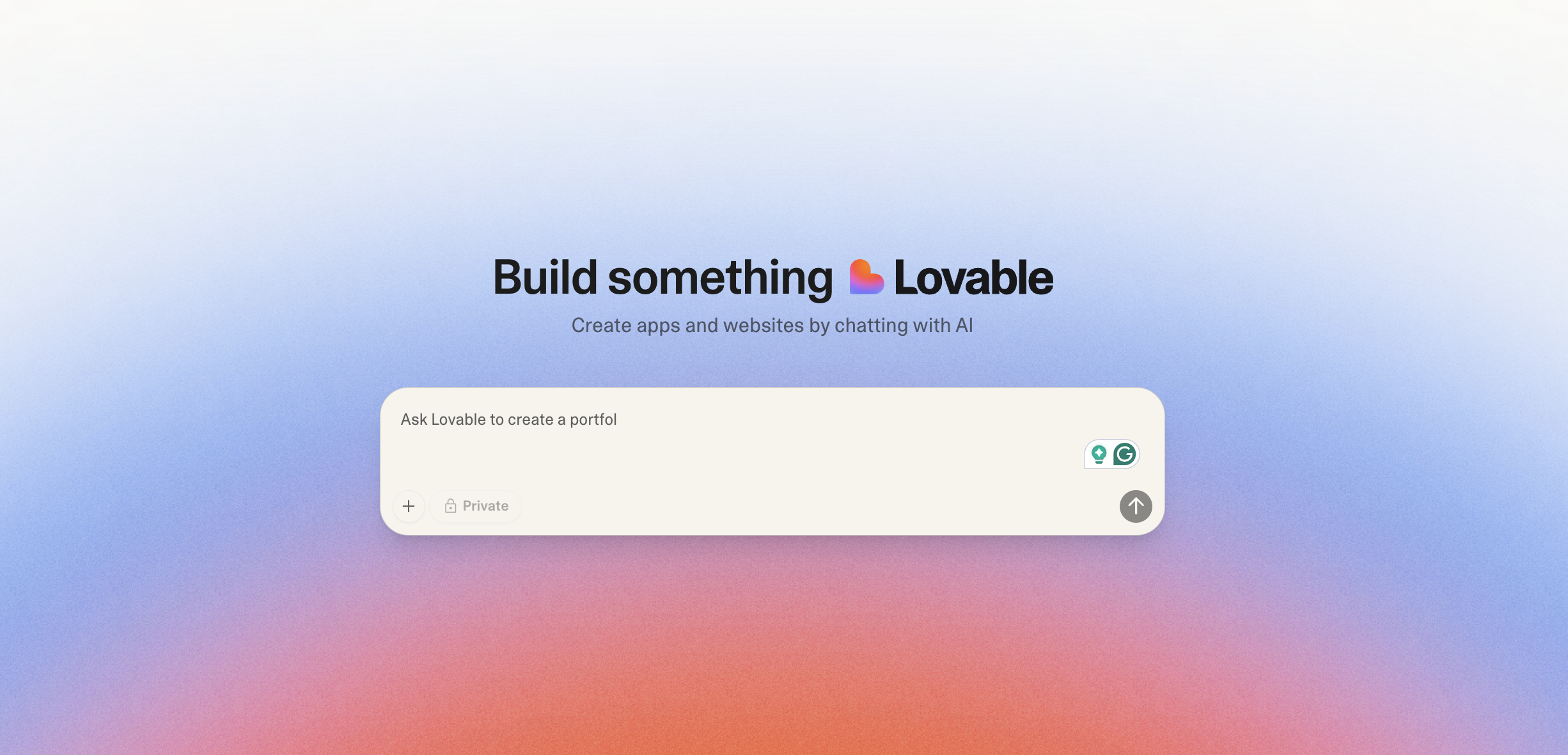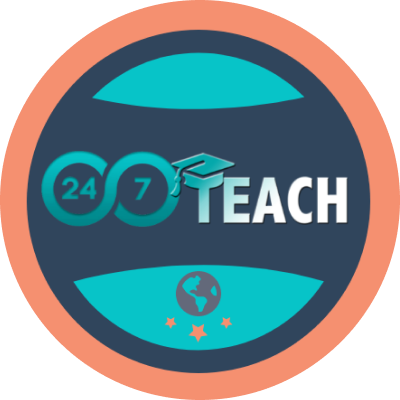Training 101: Key Performance Objectives for Effective Training and Development
By: Anthony Miller
Lead Instructional Designer and Recruiter
Prefer to listen to this post? Click below.
Key Performance Objectives for Effective Training and Development:
In the realm of education, a key pillar is effective training and development. The primary goal - Empowering individuals to reach their full potential, amplifying their productivity, and in turn, driving organizational success.
If you're an instructional designer, you're no stranger to the importance of performance objectives. From crafting measurable goals to ensuring the training meets the organization's specific needs, effective training and development require an accurate understanding of performance objectives. Here, we'll dive deep into the key performance objectives that instructional designers need to consider and revisit the bedrock principles of training and development—Training 101.
Training 101: Decoding the Training and Development Objectives:
In a nutshell, the primary objectives of training and development include improving productivity, enhancing efficiency, elevating employee morale, reducing onboarding time, increasing adaptability to change, minimizing errors, and decreasing employee turnover. Let's take a closer look at these objectives:
Boosting productivity: The ultimate goal of any training program is to enhance employees' skills, enabling them to excel in their roles and, consequently, increase productivity.
Enhancing efficiency: Training can help employees accomplish more with less by equipping them with the know-how to optimize resources and streamline processes.
Elevating morale: A comprehensive training program signals an organization's investment in its employees, leading to improved job satisfaction, morale, and overall work quality.
Reducing onboarding time: An effective training and development program can accelerate the onboarding process, enabling new employees to quickly acclimate to their roles and the organization.
Increasing adaptability: Change is the only constant in the business world. A robust training program helps employees adapt swiftly and efficiently to new technologies, processes, or strategies.
Minimizing errors: By providing clear guidelines and best practices, training can significantly reduce the likelihood of errors, leading to improved outcomes.
Decreasing turnover: Career development opportunities and enriching training contribute to higher job satisfaction and employee retention.
Selecting the Right Training Techniques:
Once you've pinpointed your objectives, the next step is to decide which training methods align best with your goals. Blending different methods often proves effective; examples include job shadowing, coaching, book learning, or role-playing exercises. For smoother onboarding, stick to a select few techniques and maintain consistency. Establish a regular program to regularly evaluate its success in achieving the set objectives.
Achieving Your Training and Development Goals:
When developing your training and development program, keep your eyes on your ultimate goal—driving organizational success through empowered employees. These performance objectives serve as your compass, guiding you towards creating impactful, results-oriented training. Remember, an effective training program is not a one-size-fits-all approach, but a tailored strategy that meets the unique needs of your organization and its employees. It's about instilling knowledge, boosting confidence, fostering a positive work culture, and ultimately, achieving business success.
Going the Extra Mile: Training for Future Success:
A future-oriented training program not only equips employees with the necessary skills for their current roles, but it also prepares them for the future. By predicting future skill demands and market trends, instructional designers can craft training and development programs that offer lasting benefits.
Fostering Leadership Skills: Every organization needs capable leaders. By including leadership training in your program, you are preparing your employees for future leadership roles within the organization. This includes not just technical expertise, but also emotional intelligence, decision-making abilities, and strategic planning skills.
Enhancing Digital Literacy: The digital revolution has made technology an integral part of every job role. Equip your employees with the necessary technical skills, ranging from basic computer literacy to the ability to navigate complex digital tools.
Promoting a Culture of Lifelong Learning: Foster a culture of continuous learning within your organization. Encourage employees to stay updated with the latest developments in their field and to continually acquire new skills. This not only aids personal development but also ensures that the organization stays competitive in the market.
Monitoring and Evaluating Performance:
A crucial part of any training and development program is the monitoring and evaluation stage. This involves assessing whether the program meets the set objectives, and if not, identifying areas for improvement. Various evaluation methods can be used, such as surveys, tests, and feedback sessions.
Remember, evaluation is not a one-time task. Regular monitoring allows you to track progress, make necessary adjustments, and ensure that your training program remains effective over time.
Communication is Key:
Lastly, clear communication plays a crucial role in the success of any training and development program. Instructional designers must communicate the objectives of the training to participants effectively, ensuring that they understand what they are expected to learn and how it will benefit them.
Effective communication also involves providing regular feedback to participants, celebrating their achievements, and addressing any concerns they may have. This creates an open and supportive learning environment, which is key to the success of any training program.
In conclusion, training and development is not a static process but a dynamic one that evolves according to the needs of the organization and its employees. By keeping in mind the objectives of training and using effective methods, instructional designers can create impactful programs that drive both individual and organizational success. Remember, the ultimate goal is to create a workforce that is competent, confident, and capable of steering the organization towards its strategic goals.
Need Guidance on Navigating the Shift to Instructional Design?
Before You Go...
Discover the Unmatched 24/7 Teach Experience:
Our Instructional Design bootcamps and career coaching services have a 100% success rate. We redefine learning by immersing you in practical, hands-on projects, ensuring you acquire vital professional expertise while making a meaningful difference in your community.
Unlock your true potential today with 24/7 Teach and invest in your future.











